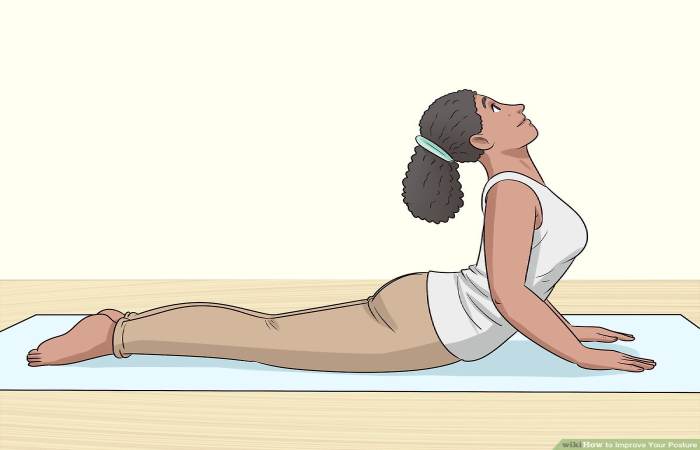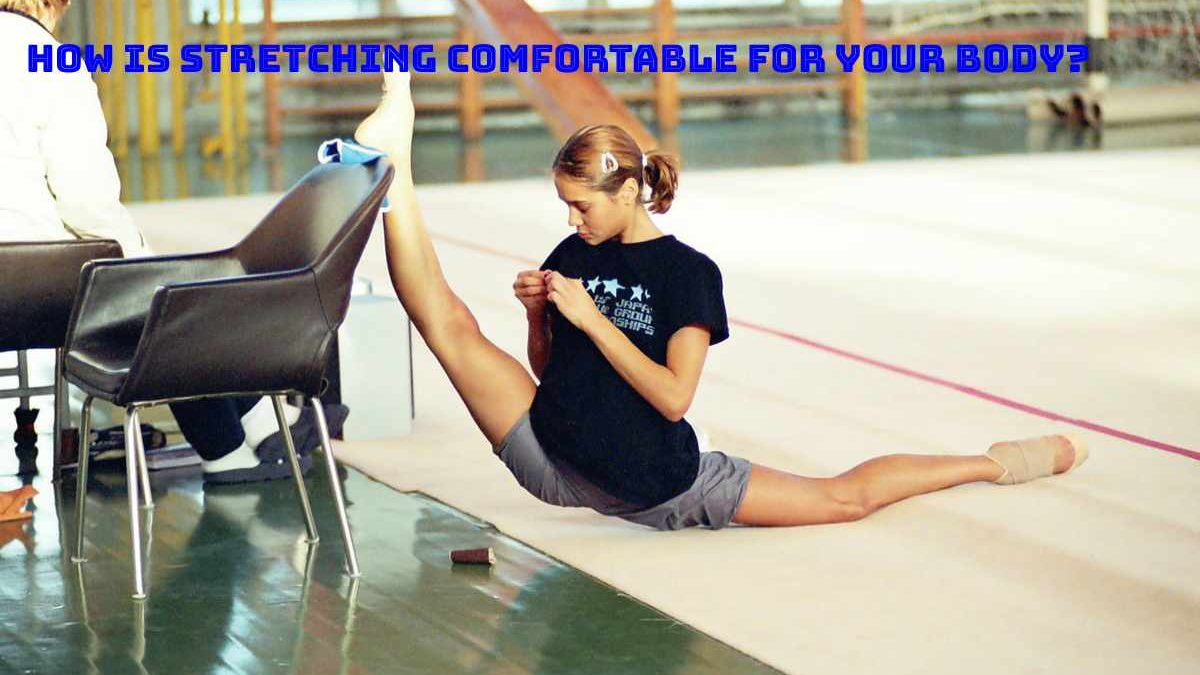Introduction
Stretching is Comfortable and Good for Your Health Everyone should include stretching in their workouts.
You’ve probably observed how elite players warm up with Stretching before they dash onto the field or grab a racket for some tennis action. Does Stretching make you feel good? It makes sense, given the need for flexibility to maintain a healthy physique and toned muscles. If you are familiar with yoga, you undoubtedly already know that stretches are the foundation for many postures. Pilates is a low-impact exercise programme with plenty of flexibility, which has long since gained popularity.
Why Does Stretching Serve These Systems in General?
Although Stretching is recommended to increase flexibility, this procedure might provide many more benefits. Some individuals might not be aware of this, but flexibility is crucial for the healthy operation of your muscles and joints. There are three key justifications for why you have to incorporate it into your daily routine. You should stretch.
To Stop Mishaps
Flexibility as part of a warm-up helps your body prepare for a demanding activity, reducing the chance of injuries and enhancing sports performance.
To Speed up the Healing
Stretching after exercise lessens recovery time and avoids muscular pain. Stretching may also be recommended as a part of a rehabilitation programme. In physical therapy sessions, stretches are employed to lessen or resolve shoulder, back, neck, or knee aches.
To Keep Limbs Strong
Regular flexibility serves the most crucial purpose of keeping your muscles healthy, strong, slim, and flexible, which enhances joint range of motion. If you don’t stretch, your muscles will likely get tight and short, making it harder to expand when you conduct a more strenuous physical activity than you typically would.
Why is Stretching Enjoyable?
After waking up, flexibility is a normal, unconscious action seen in several animals’ behaviour, and science easily explains it. Pandiculation, the term for stretching after sleeping, primarily serves to arouse your muscles. However, that does not account for why flexibility feels so nice and is not the primary reason people do it. The components that cause this experience are the key to understanding “why stretching feels good.” These elements consist of the following:
Production Of Endorphins
Like many other forms of exercise, flexibility encourages the production of endorphins, chemicals that, like morphine, provide feelings of happiness and ecstasy. They also have analgesic properties and can lessen pain perception, which is crucial if you have a particular injury.
A Sensation of Calm
Stretching, according to studies, stimulates the vagal nerve system, which is primarily in charge of digestion, rest, and relaxation. When you stretch, your muscles’ nerves transmit messages to your brain, activating the parasympathetic system and creating a satisfying sense of calmness.
Stress Levels Are Lower

Stretching has several mental health benefits in addition to physical ones. flexibility helps you unwind and focus on the activity, your technique, breathing, and sensations. It calms you down and frees your mind of pointless annoyance and concern, lowering stress and encouraging mental equilibrium. That is also one of the explanations why Stretching is a common component of meditation in yoga.
Increased Blood Flow
Other research found that stretching activates the parasympathetic response following exercise and significantly raises heart rate while being performed. It boosts blood flow to your muscles, supplying them with nutrients and proteins and enhancing your general health. Additionally, it might aid your body’s natural detoxification processes, and waste materials gather in the muscles as you sleep. Additionally, stretching causes veins to constrict, raising blood pressure and flushing toxins from your lean tissues.
Lessening Of Physiological Arousal
Humans contract and relax to make movement possible, and chronic contraction happens when muscles are held in one place for an extended time. It could result in tightness, stiffness, and tension that later cause discomfort or even injury. flexibility releases tension and reduces pain since it is the opposite of contracting. And as an added benefit, it always feels amazing.
What Not To Do When Stretching
Whereas stretching may enhance your muscle and joint health and leave you feeling calm and rejuvenated, it’s crucial to follow the instructions and carry out each exercise carefully. Negative outcomes like weak and loose muscles, increased stiffness, or even muscular tears might result from a careless approach and lack of patience. It would help if you thus steered clear of the following gaffes during Stretching.
Incongruence
Stretching is a form of exercise, much like yoga, weightlifting, HIIT, and other activities. It has an impact on your muscles, just like all those exercises. When doing a stretch, you should equally engage both sides of your body, just as you wouldn’t lift a dumbbell with your right hand or perform a lunge only one way. Even if your right thigh hurts, you shouldn’t restrict your Stretching to that side. You must extend your left thigh similarly, even if it is trouble-free and performs as intended.
Swift Moves
Overextending oneself and hurrying were discussed in the two paragraphs before this one, but quick movements are another error that goes hand in hand with those two. The primary principle of Stretching is to avoid stretching to the point of pain or discomfort. Additionally, both of those qualities could be caused by rapid movements. You risk injuring your muscles and making them stiffer if you jerk or bounce during flexibility. Your movements should be fluid and deliberate because of this.
Conclusion
In Stretching, every physically demanding exercise done correctly and in moderation is good for your body and health. It is also a common activity. Instead, it could give you even more advantages than other types of exercise. It is frequently used to increase flexibility and assist the body’s muscles and joints in healthy operation. It can strengthen your muscles, speed up healing, and assist in injury prevention.

